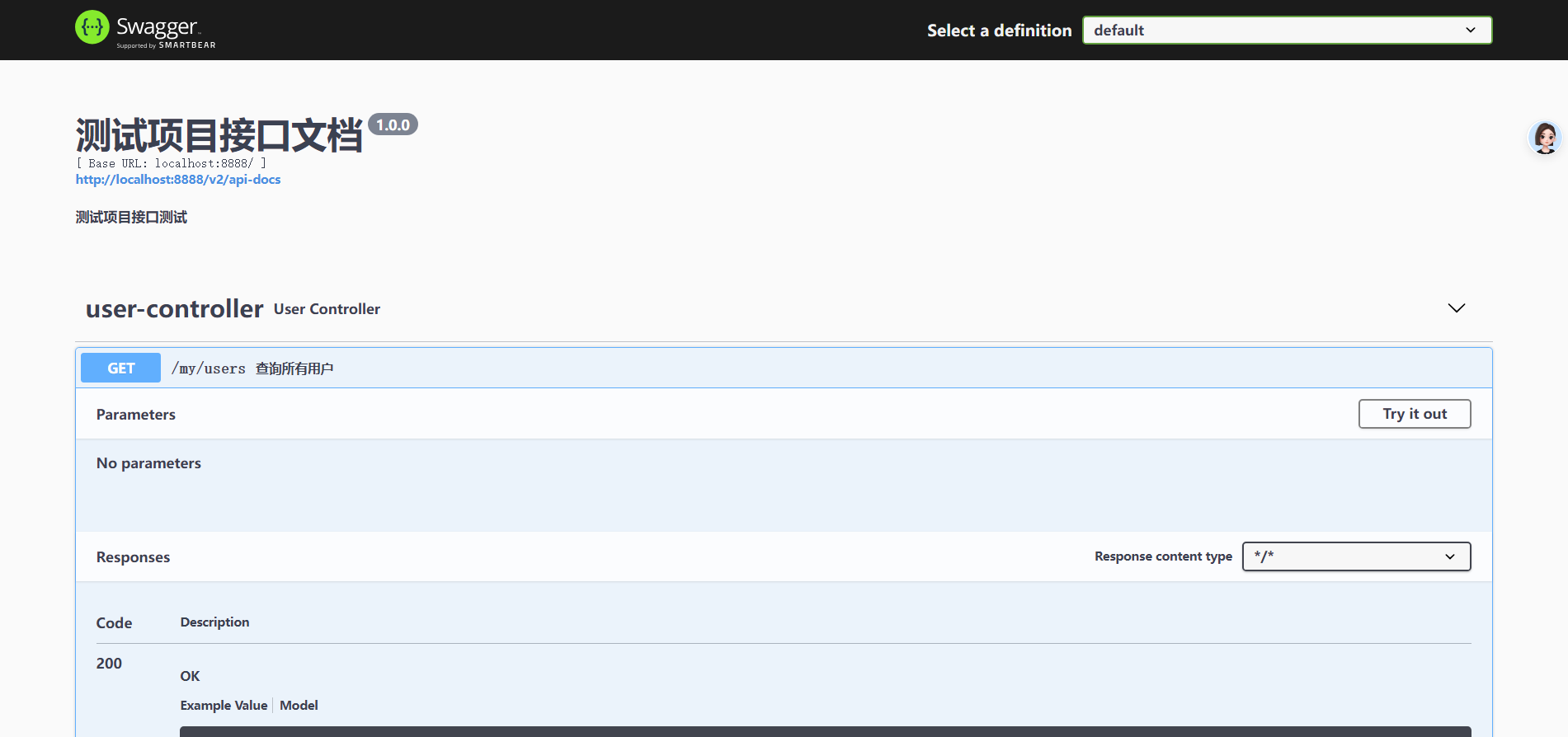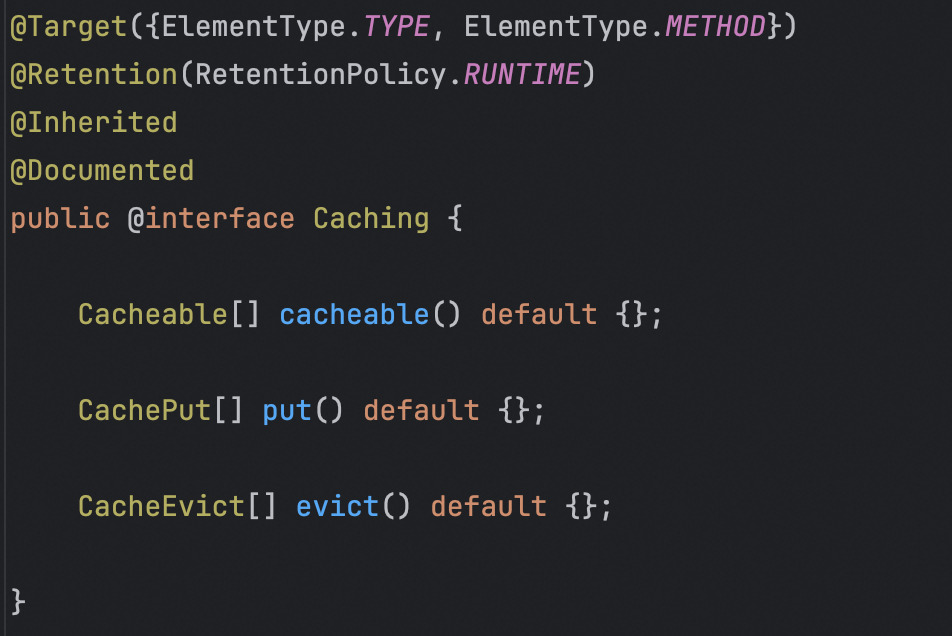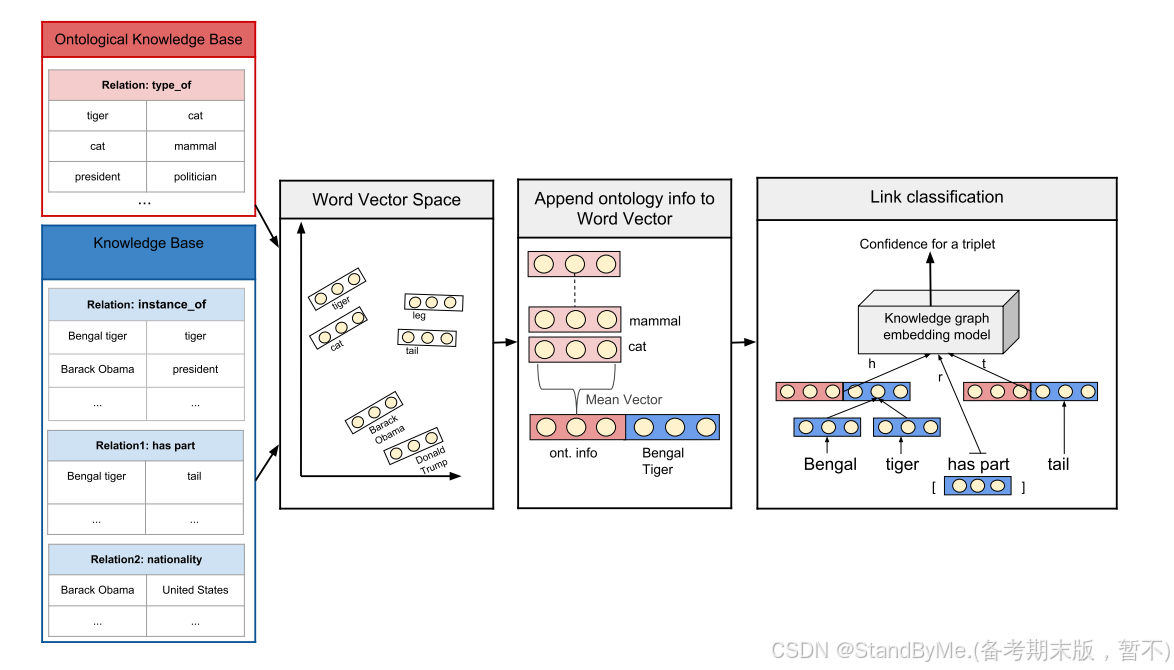可以通过connect的第五个参数进行控制信号槽执行时所在的线程
connect有几种连接方式,直接连接、队列连接和 自动连接
直接连接(Qt::DirectConnection):信号槽在信号发出者所在的线程中执行
队列连接(Qt::QueuedConnection):信号在信号发出者所在线程中执行,槽函数在信号接收者所在线程中执行
自动连接(Qt::AutoConnection):多线程时队列连接函数,单线程时为直接连接。
示例:
mainwind.h
#ifndef MAINWINDOW_H
#define MAINWINDOW_H
#include "testthread.h"
#include <QMainWindow>
#include <QThread>
QT_BEGIN_NAMESPACE
namespace Ui { class MainWindow; }
QT_END_NAMESPACE
class MainWindow : public QMainWindow
{
Q_OBJECT
public:
MainWindow(QWidget *parent = nullptr);
~MainWindow();
private:
Ui::MainWindow *ui;
TestThread* thread1;
QThread* th1;
private slots:
void Test();
};
#endif // MAINWINDOW_H
mainwindow.cpp
#include "mainwindow.h"
#include "ui_mainwindow.h"
#include <QDebug>
MainWindow::MainWindow(QWidget *parent)
: QMainWindow(parent)
, ui(new Ui::MainWindow)
{
ui->setupUi(this);
qDebug() << "主线程ID" << QThread::currentThreadId();
thread1 = new TestThread;
th1 = new QThread;
thread1->moveToThread(th1);
connect(this,&MainWindow::destroyed,this,[=](){
thread1->deleteLater();
});
th1->start();
connect(ui->pushButton,&QPushButton::clicked,thread1,&TestThread::count,Qt::DirectConnection);
connect(ui->pushButton_2,&QPushButton::clicked,thread1,&TestThread::count,Qt::QueuedConnection);
connect(ui->pushButton_3,&QPushButton::clicked,thread1,&TestThread::count,Qt::AutoConnection);
connect(ui->pushButton_4,&QPushButton::clicked,this,&MainWindow::Test,Qt::AutoConnection);
}
MainWindow::~MainWindow()
{
delete ui;
}
void MainWindow::Test()
{
qDebug() << "线程ID:" << QThread::currentThreadId();
}
TestThread.h
#ifndef TESTTHREAD_H
#define TESTTHREAD_H
#include <QObject>
class TestThread : public QObject
{
Q_OBJECT
public:
explicit TestThread(QObject *parent = nullptr);
public slots:
void count();
};
#endif // TESTTHREAD_H
TestThread.cpp
#include "testthread.h"
#include <QDebug>
#include <QThread>
#include <QDebug>
TestThread::TestThread(QObject* parent) : QObject(parent)
{
}
void TestThread::count()
{
qDebug() << "线程ID:" << QThread::currentThreadId() ;
}
ui界面

输出结果:(以下依次为按钮从左到右的结果)




















